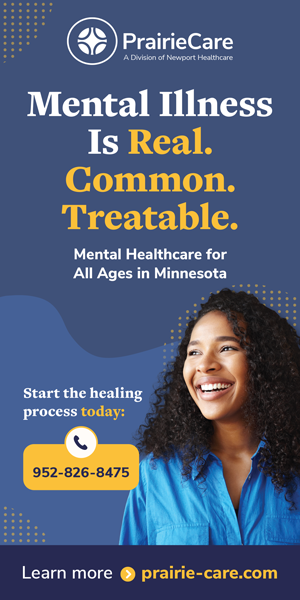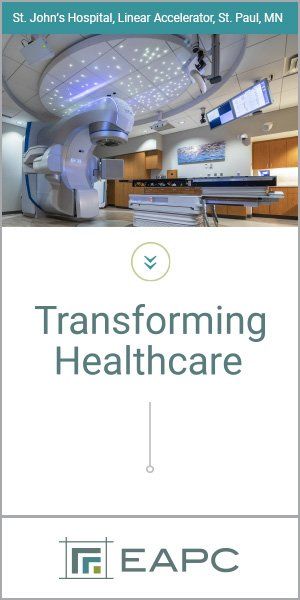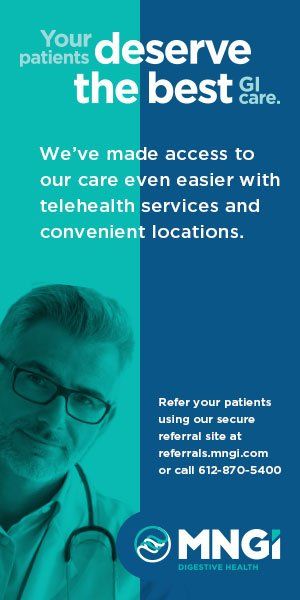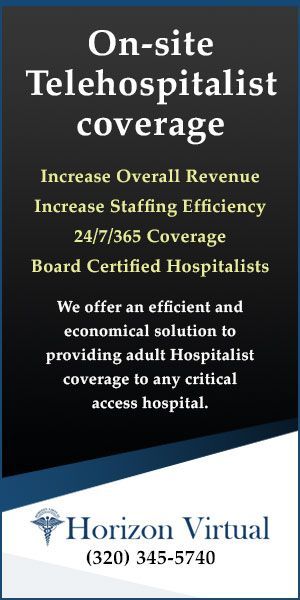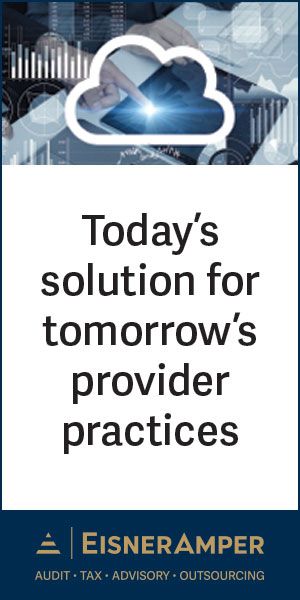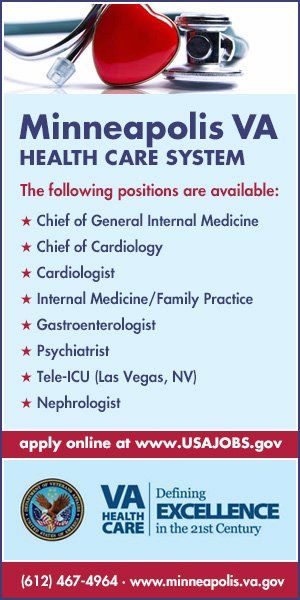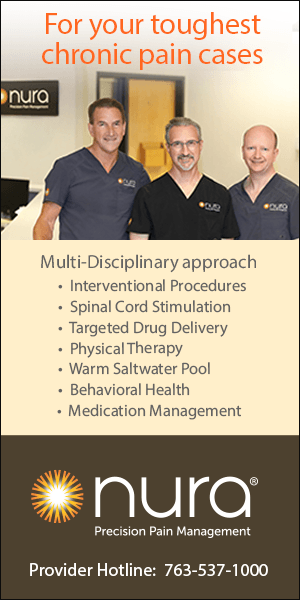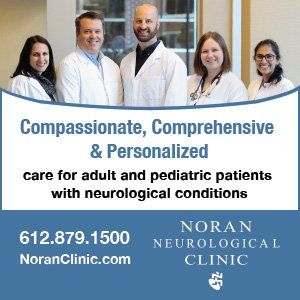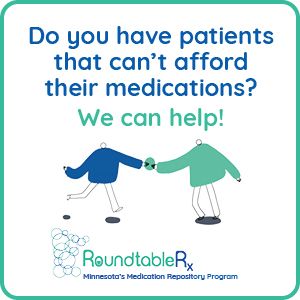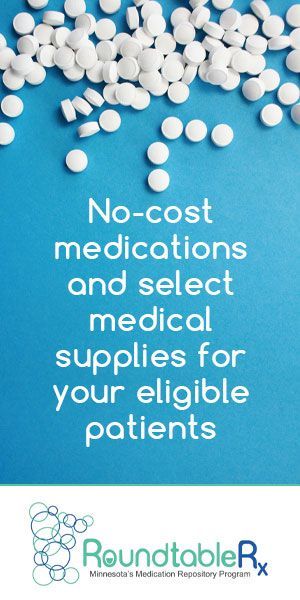discussion of technology and the Medicaid population inevitably raises the topic of the digital divide — that is, the gap between people who have access to modern information and communications technology (ICTs) and those who don’t.
Patient Communication
The Digital Divide and Medicaid Populations
Fostering stronger patient-provider relationships
BY Anish Sebastian
For years, the digital divide has been used as a reason why digital health innovation cannot succeed in the Medicaid space. “We can’t deliver internet-dependent solutions to Medicaid enrollees because they don’t have access to the internet.” Or so the argument goes.
But this is an outdated and manifestly untrue statement that relies on a very limited definition of “internet.” It’s true that many low income and rural demographics do not have home broadband access, but this reality does not extend to mobile broadband. And mobile broadband offers a jumping off point for an increasing amount of sophisticated health solutions.
Ninety-seven percent of adults between the ages of 18 and 49 own a smartphone. And these percentages are comparable when broken down by income level. Of those who make $30K to $69K annually, 90% own smartphones, compared with 94% and 98% in the next highest income brackets. Even among those who make less than $30K annually, 79% own smartphones. When considering cellphone ownership, the percentages are near 100%, regardless of income.
Low income groups, primarily served by Medicaid, are in fact more dependent on smartphones than higher income populations, by the very fact that they do not have reliable home broadband access and need to use their phone for internet access. Additionally, their children spend more time looking at screens, a reality that puts a different face on the question of the digital divide — and should raise concerns for those looking into disparities in childhood wellness.
Medicaid populations have and use technology, and misplaced focus on this as a barrier to implementing digital health has the industry ignoring greater challenges like health literacy, trust in the medical system, reimbursement and tailoring solutions to meet the unique needs of the Medicaid population.
A digital health solution can feel like inferior care.
The Issue of Health Literacy
Health literacy is a barrier to digital health adoption. We tend to think about literacy simply in terms of the ability to read, but health literacy encompasses many more skills than that. Health literacy is not just a matter of reading words on a page, but comprehending complex data and the implications of those data for personal health. It is the ability to obtain, read, understand and use health care information to make appropriate health decisions and follow instructions for treatment. Health literacy also includes the ability to evaluate providers and treatment options, to choose a health plan and to communicate knowledgeably about health concerns with a provider.
Medicaid beneficiaries are much more likely to be at or below the basic level of health literacy than those who receive insurance from an employer. This can be caused by a number of factors, including lower levels of education and having a primary language other than English. Digital health solutions are not typically tailored to those with lower health literacy and the use of medical terminology or jargon can prevent patients from accessing a digital health solution even when they have the technology to do so.
But with the availability and increasing sophistication of AI, specifically LLMs (Large Language Models), closing the health literacy gap has never been more attainable. We can lean on these innovations to translate written information to a more accessible reading level and support patients in navigating their health information.
AI can also be used to improve verbal communication between care providers and patients. With tools available today, AI can track the speed and complexity of conversations held over the phone and give suggestions to increase the accessibility of the information being shared. Automated transcripts tools can eliminate the issues of unreliable memory, supporting better adherence to treatment recommendations and giving a patient an objective record of their health treatment to reference and show to other care providers.
Bolstering Trust in the Medical System
A digital health solution can feel like inferior care to a demographic that already feels overlooked and underserved by the system. According to a survey conducted by United Healthcare, Medicaid beneficiaries consistently express concern that their access to high-quality care is limited. Less than half of Medicaid consumers surveyed said they receive high-quality care. Consumers also felt that they are treated as second-class citizens in the primary care system. When asked if doctors and specialists don’t like to take appointments with people on Medicaid, 20% strongly agreed.
It cannot be overstated — digital health solutions need to support personal, physical care models, not replace them. There has to be a human element to digital health solutions to build and maintain trust with Medicaid populations. The integration of empathetic, human-centered care within digital frameworks ensures that patients feel genuinely cared for and understood, fostering stronger patient-provider relationships and enhancing the overall effectiveness of health care delivery.
Telehealth services that incorporate personal interactions, such as virtual visits with health care providers, can offer the human connection that helps bridge this trust gap. Additionally, community health workers and care managers can play a crucial role in guiding patients through digital health tools, ensuring they feel supported and valued. The virtual nature of these solutions broadens the possibilities of physical reach. For example, it’s easier to connect a patient with a care provider who comes from a similar community or shares ethnic or racial background.
But it’s not just personal connections that will quiet concerns about safety and privacy, especially when security and data breaches are in the news. Medicaid enrollees have concerns around privacy and security, particularly when it comes to sharing personal health information digitally. Ensuring robust security measures and transparent privacy policies can help build trust and encourage the use of digital health tools. Educating users about how their data will be protected and used can also alleviate concerns and foster a sense of security.
Addressing Reimbursement Issues
Reimbursement remains one of — if not the biggest — barriers to digital care delivery for Medicaid beneficiaries. Because Medicaid is funded jointly by state and federal governments, there’s no standard approach to prioritizing or implementing technology reimbursement. This fragmentation creates a patchwork system where digital health coverage varies significantly by state, making it challenging for providers to navigate. Even in states where digital tools are covered, complex billing processes and the risk of denied claims can slow adoption, discouraging health care providers from fully embracing digital health innovations.
To drive better utilization of digital health solutions, there needs to be standardization across federal and state programs, with transparent billing and reimbursement processes. Simplifying and unifying these processes would reduce administrative burdens and ensure that providers are fairly compensated for incorporating digital tools into their practice. With the current complexity of reimbursement processes and variation from state to state, providers can risk having a claim denied for prescribing a digital health tool to a patient. That’s a risk that many, understandably, are unwilling to take, regardless of the demonstrated value of a solution. Addressing these reimbursement challenges is crucial to fostering an environment where digital health solutions can thrive, ultimately improving access to care for Medicaid beneficiaries.
Less than half of Medicaid consumers surveyed said that they receive high-quality care.
And there are numerous reasons to be optimistic. Although it’s not universal, Medicaid coverage for remote patient monitoring devices and services, that is, the collection of a wide range of health data from the point of care, such as vital signs, weight and blood pressure, is rapidly expanding. In January 2024, the Centers for Medicare and Medicaid Services (CMS) ruled that Federally Qualified Health Centers (FQHCs) and Rural Health Centers (RHCs), which serve a large portion of the Medicaid population, can now bill for RPM under new global coding.
CMS also introduced the Transforming Maternal Health (TMaH) Model, designed to focus exclusively on people enrolled in Medicaid and the Children’s Health Insurance Program (CHIP). The initiative rewards state Medicaid agencies for such maternal health improvements as better reporting strategies, expanded definitions of risk and funding for services outside the traditional scope of pregnancy care, such as doulas and mental health care.
In addition, many digital health companies provide support models to help health systems navigate the billing process, while offering guarantees to offset or eliminate financial risk.
Tailoring Tech to the Medicaid Population
Of course, while technology is a viable solution for Medicaid enrollees, simply repurposing the technology used for upper or middle income patients is not going to produce the same outcome. In order to engage patients and have an impact, digital health for the Medicaid population needs to take into account the particular characteristics and risks of that community — the question is not whether digital health will work for all, but how to make it work for all.
A good example is the difference between SMS and email for communicating and driving engagement. SMS can reach almost anyone with a basic mobile phone, making it highly accessible as it doesn’t require internet access. Texts tend to be read almost immediately, which is crucial for delivering time-sensitive information like appointment reminders or emergency alerts. Compare that to email, which requires internet access and may not be checked consistently. Email inboxes can get cluttered and emails can go to spam, making it a less accessible and effective form of communication.
Overcoming Barriers and Enhancing Usability
Implementing digital health solutions for Medicaid populations involves more than just ensuring access to technology; it requires overcoming various technological barriers and enhancing usability to meet the specific needs of these populations. Addressing these challenges is critical to ensuring that digital health tools are not only available but also effective in improving health outcomes.
Digital health tools must be designed with usability and accessibility in mind. This involves creating user-friendly interfaces that are intuitive and easy to navigate, even for individuals with limited digital literacy. Features such as larger text, simple navigation and clear instructions can make these tools more accessible to a broader audience. Many Medicaid enrollees are immigrants who speak English as a second language. Therefore offering multi-language support is essential to ensure that non-English-speaking Medicaid enrollees can understand and use these tools effectively. Providing information and instructions in multiple languages can improve engagement and adherence to treatment plans.
While many Medicaid enrollees have access to mobile devices, they may not always have reliable internet connectivity. Therefore, digital health tools should include offline functionality, allowing users to access essential features and information without needing a constant internet connection. This can be particularly important for rural populations with limited broadband access.
Though Medicaid enrollees are comfortable with using technology in other aspects of their lives, digital tech for health may be a foreign concept that requires additional instruction to increase engagement. Health care providers, community health workers and care managers can play a crucial role in offering hands-on assistance and education, helping patients feel more comfortable and confident in using these tools. This support can be delivered through in-person sessions, helplines or virtual tutorials.
Digital health tools should seamlessly integrate with existing health care systems to provide a cohesive experience for users. This includes ensuring compatibility with electronic health records (EHRs) and other health information systems, allowing for the smooth exchange of data between patients and health care providers. Integration can enhance care coordination and enable providers to make more informed decisions based on comprehensive patient data.
Innovators need to be aware that solutions have to be carefully tailored to the specific needs and circumstances of Medicaid populations. But with that considered, the narrative that Medicaid populations cannot benefit from digital health solutions because of lack of internet access falls apart. With the widespread use of mobile devices and smartphones among low-income individuals, the real barriers lie elsewhere. By addressing these challenges through targeted strategies, such as supporting health literacy through AI, building trust through human-centered digital solutions, overcoming reimbursement barriers and enhancing the usability of digital health tools, we can ensure that digital health innovations reach and effectively serve Medicaid enrollees, ultimately leading to better health outcomes and a more equitable health care system. As technology continues to evolve, it holds the potential to bridge the gap in health care disparities and create a more inclusive and effective health care system for all.
Anish Sebastian the CEO and co-founder of Babyscripts, a company using internet-enabled medical devices and big data to transform pregnancy care.
MORE STORIES IN THIS ISSUE
cover story one
Maps of Healing: Rural Horizons of Tertiary Care
By Fateh Bazerbachi, MD
cover story two
Living with ADHD: Understanding and empowerment





















